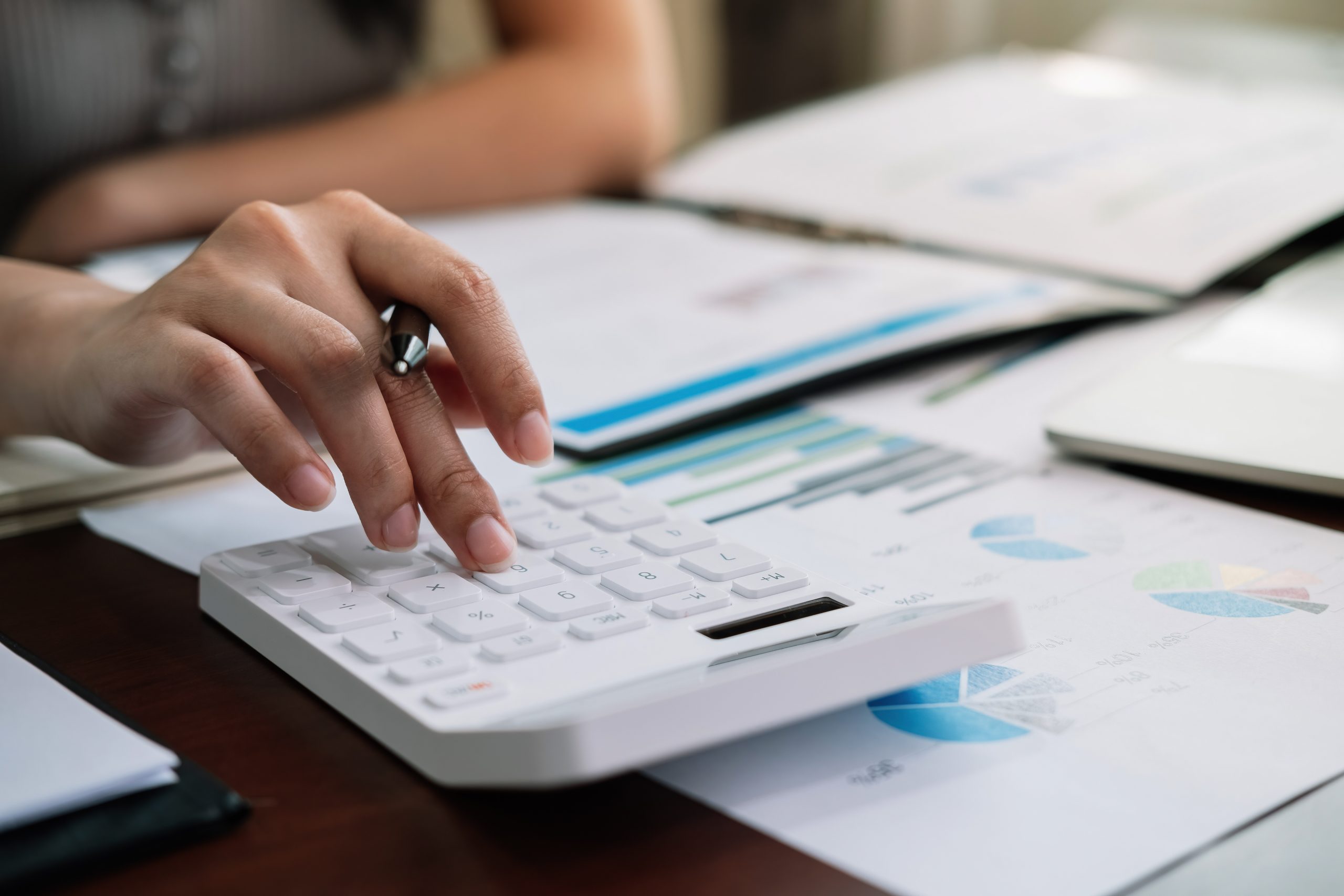
Financial support for recovering addicts is more than just a lifeline—it’s a foundation for lasting change. As individuals work to rebuild their lives after substance abuse, financial stability becomes a critical part of the recovery journey. From managing debt and rebuilding credit to learning how to budget and save, gaining control over one’s finances can boost confidence, reduce stress, and support long-term sobriety. In this blog, we’ll explore practical steps toward financial independence and why financial empowerment matters just as much as emotional and physical healing in recovery.
Building the Basics: Financial Literacy for a Stronger Recovery
Understanding the fundamentals of financial literacy is a powerful first step toward long-term stability in recovery. Take budgeting, for example—many people in early recovery don’t realize where their money is going each month. One effective method is the “50/30/20” rule: 50% of income goes to needs like rent and food, 30% to wants, and 20% to savings or debt repayment. Tools like budgeting apps (Rocket Money and EveryDollar) can help track spending habits and prevent financial surprises. Learning how to read a credit report or differentiate between fixed and variable expenses may seem small, but these skills can make a huge impact on someone trying to rebuild after addiction.
Saving money may seem impossible in early recovery, especially when income is limited or inconsistent—but it’s a key part of building financial stability. Take the “pay yourself first” strategy, for example: even setting aside just $10 from each paycheck into a separate savings account can create a safety net over time. Some people in recovery open savings accounts at credit unions with no minimum balance requirements, which makes the process feel more accessible. These small wins build momentum and help reinforce the belief that financial independence is achievable.
Managing debt can feel overwhelming, especially when it involves old credit cards, medical bills, or unpaid utilities from before sobriety. But tackling debt doesn’t have to happen all at once. One helpful strategy is the debt snowball method—paying off the smallest debts first to gain quick wins and motivation before addressing larger balances. For example, someone in outpatient recovery may choose to pay off a $200 utility bill before tackling a $3,000 credit card balance. Another common tool is negotiating payment plans or requesting debt forgiveness, especially with medical bills. Through financial support for recovering addicts, many nonprofits and credit counseling agencies offer guidance on how to communicate with creditors and rebuild credit step by step. Facing debt head-on can feel empowering rather than shameful when the right tools and support are in place.
Healing Old Wounds: Recognizing Financial Trauma in Recovery
For many, addiction isn’t the only cycle that needs to be broken—financial trauma often runs alongside it. Growing up in households where money was scarce, unpredictable, or a source of conflict can lead to long-term patterns like avoiding bank accounts, overspending to self-soothe, or associating money with fear and instability. In recovery, these behaviors may resurface when faced with stress or unfamiliar financial responsibilities.
This is where financial support for recovering addicts plays a crucial role—not just in teaching skills, but in creating space to unlearn shame-based money habits. For example, someone who experienced food insecurity may feel the need to stockpile groceries, even if it means overdrafting their account. Others might avoid opening bills altogether, feeling paralyzed by past mistakes. Recognizing these patterns is the first step to healing them—and with the right guidance, it’s possible to replace survival-based decisions with thoughtful, empowered choices.
Other common financial trauma patterns include:
- Avoiding bank accounts or budgeting tools due to anxiety or fear of seeing financial reality
- Impulse spending as a way to cope with stress, boredom, or emotional discomfort
- Under-earning or self-sabotaging income because of low self-worth or fear of responsibility
- Hoarding cash or essentials out of fear of going without (especially after experiencing poverty or instability)
- Chronic borrowing or lending in personal relationships, blurring boundaries or creating codependency
- Guilt-driven financial decisions, such as giving money away to “make up” for past behavior
- Avoiding financial conversations out of shame, embarrassment, or fear of judgment
- Distrust of institutions (banks, credit bureaus, employers), especially if they were linked to past trauma or systemic barriers
Spending with Intention: Building Healthy Money Habits in Recovery
Developing healthy spending habits in recovery is a crucial part of maintaining both financial and emotional stability. One of the most effective habits is practicing mindful spending—pausing to ask, “Do I need this, or do I want this?” before making a purchase. Creating a weekly or monthly spending plan can help reduce impulsive buying, which is often triggered by boredom, stress, or the desire for quick comfort. Many people in recovery benefit from using prepaid debit cards or cash envelopes to stick to spending limits and avoid the temptation of overspending on non-essentials.
Access to financial support for recovering addicts often includes tools and education that encourage sustainable financial habits. For example, learning to set short-term spending goals—like saving for a gym membership, groceries, or a fun sober activity—can bring structure and purpose to money decisions. It also helps shift the focus from deprivation to empowerment. One recovery coach shared that clients who track spending and celebrate “no-spend days” often report feeling more in control and less anxious about their finances. These small habits not only build discipline, but also reinforce the self-worth that’s essential in long-term recovery.
Other healthy spending habits include:
- Create a weekly or monthly spending plan and review it regularly
- Use cash or prepaid debit cards to stick to set limits and avoid overdraft fees
- Identify spending triggers (emotional states, certain environments) and plan for them
- Track every purchase—apps like YNAB or a simple notebook can make a big difference
- Celebrate “no-spend days” to build discipline and reduce impulsive purchases
- Set short-term savings goals for meaningful, recovery-friendly rewards
- Avoid “retail therapy” by replacing it with healthy coping activities like walking, journaling, or calling a sponsor
- Schedule regular budget check-ins with a trusted friend, mentor, or recovery coach
You Deserve a Life of Freedom—Twin Branch Wellness & Recovery for Women Can Help
Achieving financial independence in recovery isn’t about perfection—it’s about progress. Whether you’re learning to budget for the first time, working to pay off old debts, or simply trying to make smarter day-to-day choices, every step you take is an investment in your future. With the right tools, support, and mindset, financial wellness can become a source of empowerment, not stress. Remember, recovery is about healing every part of your life—and that includes your relationship with money.
If you or someone you love is struggling with substance abuse, Twin Branch Wellness & Recovery for Women is here to help. April is Alcohol Awareness Month, making it the perfect time to reflect on the role alcohol plays in your life—or in the life of someone you care about. Our compassionate, women-centered program offers holistic support for every stage of recovery that promotes lasting independence. At Twin Branch, healing goes beyond sobriety—we’re committed to helping women build full, stable, and empowered lives. Reach out today to learn how we can support your journey.










